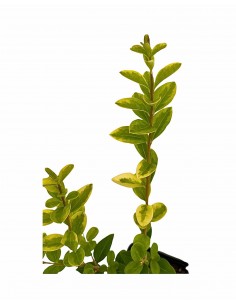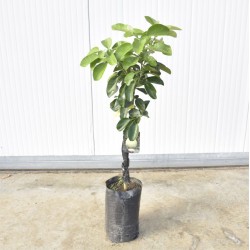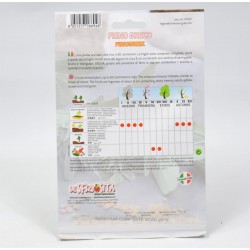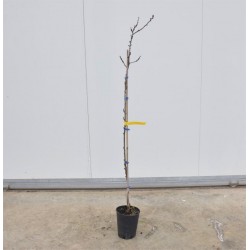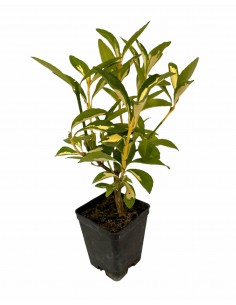Durone Cherry Tree
Generalities:
The Durone Cherry tree is an ancient well-known variety, which is distinguished by its very large fruits, of a black-red color with firm and crunchy flesh, very tasty and unmistakable.
- jar 16cm, height 120/160cm
- jar 22cm, height 150/170cm
Generalities :
The Durone di Vignola cherry is a fruit plant that is part of the so-called ancient fruits. This cherry produces late large blackish red fruits. Excellent for juices, fruit salads, syrups and frozen foods, as well as jams. Durone di Vignola is a cerasicolo product from the areas of Emilia Romagna. It is a very vigorous plant and the fruits are late, as the harvest is done after the middle of June. The fruits are of medium-large size with a dark red skin and a tender and juicy pulp which is also dark red. They have a very sweet and aromatic taste. This type of cherry is suitable for many recipes, excellent for the preparation of jams and jams or the "cherry" cooked in wine and sugar, but also suitable for liqueurs such as kirsch or cherry. Perfect for the preparation of candied fruit or in alcohol.
Cultivation and Care :
Cherry trees are easy to grow, they don't fear frosts, even intense ones. They should be planted in a sunny place, since the absence of direct sunlight often causes the lack of flowers; for some varieties it is convenient to plant some plants nearby, so that the cross-pollination of the flowers guarantees good fruiting. The adult cherry specimens do not need watering, while the young trees, recently planted, require sporadic watering, which provide at least a couple of buckets of water during the hot and dry summer days. They strongly fear water stagnation, therefore let's plant the cherry trees in fresh and very well drained soil, avoiding to water them excessively. Pruning is generally practiced only in the first years of development of the plant, in order to give the crown a wide and well-ventilated shape; the adult specimens are not pruned, except in the case of broken branches or ruined by the winter cold or bad weather. For some varieties, however, it is important to periodically remove the basal suckers, which tend to develop rapidly, at the expense of the main plant and fruits. The fertilizations are done in autumn and at the end of winter, supplying the mature manure, to spread at the foot of the stem, or the slow release granular fertilizer, rich in nitrogen.







